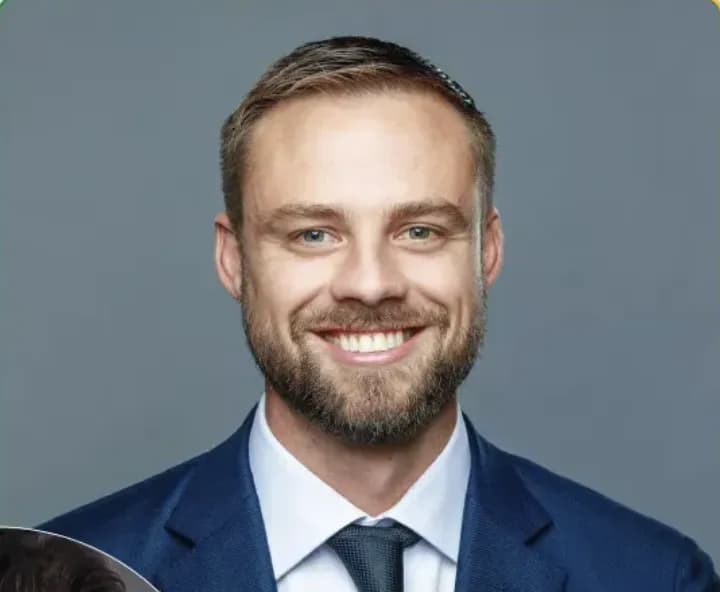The 2024 NBA offseason has been marked by significant changes brought about by the introduction of the second apron, a rule designed to curb excessive spending by top-tier teams. This rule change has already had profound effects on team strategies, most notably with the Los Angeles Clippers letting Paul George leave, the end of Golden State’s iconic trio, and LeBron James taking a pay cut for the first time since 2014. The second apron brings a myriad of restrictions affecting trades, free agency, and even draft picks, pushing the league towards enforced parity.
The New Financial Landscape
Under the new Collective Bargaining Agreement (CBA), second-apron teams face restrictions such as:
- Inability to aggregate salaries in trades.
- Prohibitions on acquiring players through the mid-level exception or those bought out with salaries above the non-taxpayer mid-level exception.
- “Freezing” first-round picks seven years into the future, which then cannot be traded and may drop to the 30th overall if the team remains above the second apron in subsequent seasons.
These measures compel teams to reassess their long-term strategies. Teams that built their rosters before these rules came into effect, like the Minnesota Timberwolves and Boston Celtics, face immediate challenges. They must balance short-term competitiveness with the need to avoid long-term penalties.
Strategic Adaptations: Spurs and Thunder Blueprint
The San Antonio Spurs and Oklahoma City Thunder, unlike other teams, have adapted to the new financial landscape by building for sustainable success. Here’s how they’ve laid the groundwork for thriving under the second apron:
- Player Development and Future Stars
- Spurs: Focused on developing Victor Wembanyama while identifying supporting talent in Devin Vassell, Stephon Castle, Jeremy Sochan, and Keldon Johnson.
- Thunder: Built around Shai Gilgeous-Alexander, Chet Holmgren, and Jalen Williams, enhancing their roster with short-term veteran contracts for flexibility.
- Accumulating Draft Assets
- Both teams have amassed a wealth of future draft picks and pick swaps, allowing them to maintain flexibility and build depth. Since the 2023 offseason, they have acquired a combined nine first-round pick swaps, representing 45% of all picks owed through swap rights.
- Short-Term Contracts and Strategic Trades
- Both teams signed veterans like Alex Caruso and Chris Paul on short-term deals, maintaining financial flexibility. They’ve also targeted pick swaps from other teams, ensuring that they can capitalize on future draft opportunities without violating the Stepien Rule, which prevents teams from being without first-round picks in consecutive seasons.
The Long-Term Vision
The Spurs and Thunder are betting on the future by accumulating draft assets that will be invaluable when their core players command market-rate contracts. By focusing on high-upside picks and maintaining the flexibility to swap draft positions, they ensure that they can refresh their talent pool even as they face financial constraints from the second apron.
Potential League-Wide Impact
The strategies employed by the Spurs and Thunder could serve as a model for other teams, particularly those that might trade away stars or rebuild in the coming years. Teams like the Jazz and Nets, which have recently traded multiple All-Stars, could follow suit if they acquire top-tier talent through the draft.
Future Implications
If successful, the Spurs and Thunder could redefine how teams build and maintain competitive rosters under the new CBA. The NBA’s rules have historically evolved in response to the most successful teams, and if these strategies prove effective, future CBAs might further restrict swap rights or revise the Stepien Rule.
Conclusion
The Spurs and Thunder have laid the first attempted blueprints for sustained success in the second-apron era. By focusing on future draft assets, maintaining financial flexibility, and preparing for the high costs of keeping star players, they are positioning themselves to navigate the challenges imposed by the new CBA. Their approach could set a new standard for building championship-calibre teams in an era defined by financial parity and strategic innovation.
The 2024 NBA offseason has been marked by significant changes brought about by the introduction of the second apron, a rule designed to curb excessive spending by top-tier teams. This rule change has already had profound effects on team strategies, most notably with the Los Angeles Clippers letting Paul George leave, the end of Golden State’s iconic trio, and LeBron James taking a pay cut for the first time since 2014. The second apron brings a myriad of restrictions affecting trades, free agency, and even draft picks, pushing the league towards enforced parity.
The New Financial Landscape
Under the new Collective Bargaining Agreement (CBA), second-apron teams face restrictions such as:
- Inability to aggregate salaries in trades.
- Prohibitions on acquiring players through the mid-level exception or those bought out with salaries above the non-taxpayer mid-level exception.
- “Freezing” first-round picks seven years into the future, which then cannot be traded and may drop to the 30th overall if the team remains above the second apron in subsequent seasons.
These measures compel teams to reassess their long-term strategies. Teams that built their rosters before these rules came into effect, like the Minnesota Timberwolves and Boston Celtics, face immediate challenges. They must balance short-term competitiveness with the need to avoid long-term penalties.
Strategic Adaptations: Spurs and Thunder Blueprint
The San Antonio Spurs and Oklahoma City Thunder, unlike other teams, have adapted to the new financial landscape by building for sustainable success. Here’s how they’ve laid the groundwork for thriving under the second apron:
- Player Development and Future Stars
- Spurs: Focused on developing Victor Wembanyama while identifying supporting talent in Devin Vassell, Stephon Castle, Jeremy Sochan, and Keldon Johnson.
- Thunder: Built around Shai Gilgeous-Alexander, Chet Holmgren, and Jalen Williams, enhancing their roster with short-term veteran contracts for flexibility.
- Accumulating Draft Assets
- Both teams have amassed a wealth of future draft picks and pick swaps, allowing them to maintain flexibility and build depth. Since the 2023 offseason, they have acquired a combined nine first-round pick swaps, representing 45% of all picks owed through swap rights.
- Short-Term Contracts and Strategic Trades
- Both teams signed veterans like Alex Caruso and Chris Paul on short-term deals, maintaining financial flexibility. They’ve also targeted pick swaps from other teams, ensuring that they can capitalize on future draft opportunities without violating the Stepien Rule, which prevents teams from being without first-round picks in consecutive seasons.
The Long-Term Vision
The Spurs and Thunder are betting on the future by accumulating draft assets that will be invaluable when their core players command market-rate contracts. By focusing on high-upside picks and maintaining the flexibility to swap draft positions, they ensure that they can refresh their talent pool even as they face financial constraints from the second apron.
Potential League-Wide Impact
The strategies employed by the Spurs and Thunder could serve as a model for other teams, particularly those that might trade away stars or rebuild in the coming years. Teams like the Jazz and Nets, which have recently traded multiple All-Stars, could follow suit if they acquire top-tier talent through the draft.
Future Implications
If successful, the Spurs and Thunder could redefine how teams build and maintain competitive rosters under the new CBA. The NBA’s rules have historically evolved in response to the most successful teams, and if these strategies prove effective, future CBAs might further restrict swap rights or revise the Stepien Rule.
Conclusion
The Spurs and Thunder have laid the first attempted blueprints for sustained success in the second-apron era. By focusing on future draft assets, maintaining financial flexibility, and preparing for the high costs of keeping star players, they are positioning themselves to navigate the challenges imposed by the new CBA. Their approach could set a new standard for building championship-calibre teams in an era defined by financial parity and strategic innovation.







